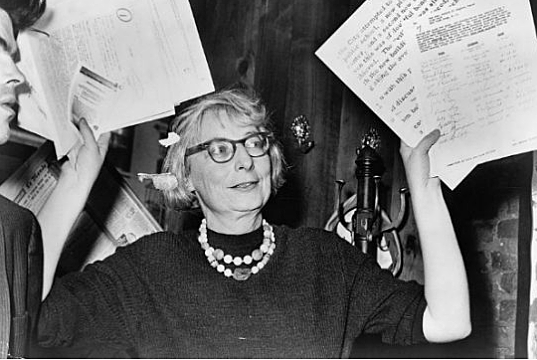If Jane Jacobs was alive today, she could say “I told you so.” A group of Italian researchers have proven her theories correct.
In her seminal 1961 book, The Death and Life of Great American Cities, Jacobs proposed four ingredients for vibrant, attractive cities: Mixed land uses, small blocks, diverse buildings in terms of age and form, and sufficient population density.
The ideas became a fixture of urban planning policies in cities like Toronto, where she lived from 1968 until her death in 2006. However, her work has also been criticized for lacking empirical evidence to back up her claims. Not anymore. University of Trento professor Marco De Nadai and his colleagues have used a combination of planning and smartphone data to show Jacobs’ theories hold true for Italy’s largest cities.
The researchers analyzed six cities, including Rome and Florence, and found neighbourhoods that conformed to Jacob’s ideals had higher levels of mobile phone activity, which they took as a proxy for “urban vitality.” The areas have dense concentrations of office workers, urban spaces like coffee shops and cafés, small streets and historical buildings, the study concludes.
“When Jane wrote about her observations of the street, she was working from her own opinions and experiences. We often don’t look at those as rigorous, but we should. The way people experience their cities is important,” she said. “It comes down to how we all co-exist in this messy system of the city.”

